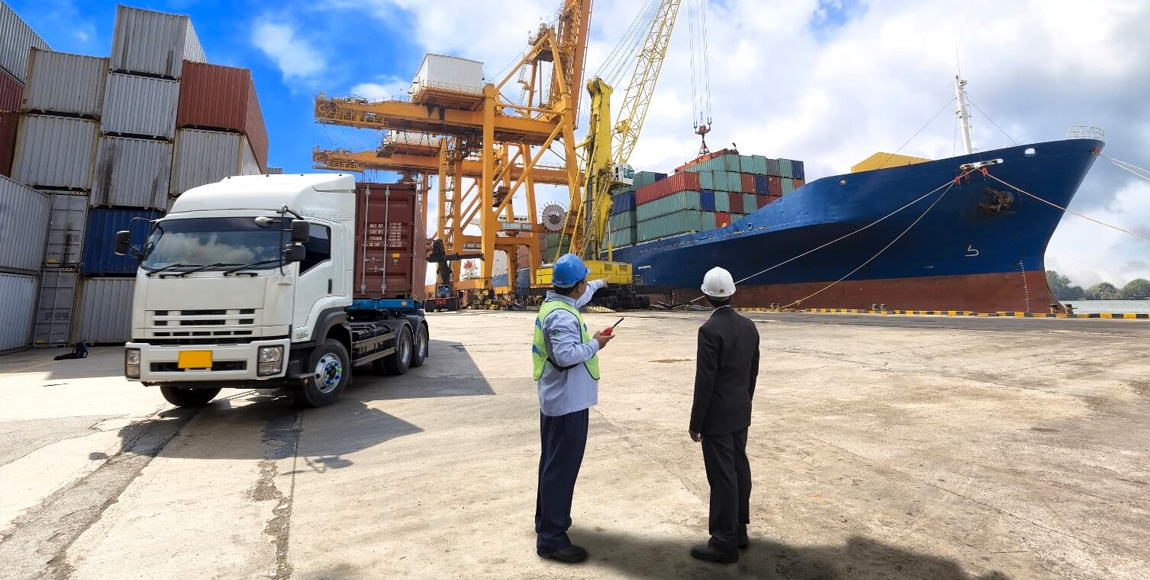Seven trends to drive the future of logistics

Johan Jemdahl, CEO of Greencarrier Group, writes in his blog about what, in his view, are the seven global logistics trends the industry can expect to witness in the next few years.
They make for some interesting reading.
1. Environmental footprint and sustainable solutions
These will be a top focus, says Jemdahl.
“The transportation industry is a big part of greenhouse-gas contributions. Having a sustainable agenda and bringing insight and solutions to assist customers in lowering their ecological footprint will move from a ‘selling point’ to a ‘must’ in order to remain relevant.”
Naturally, this will drive emerging technologies, alternative fuels, alternative supply chains via increased 3D printing, and cradle-to-cradle thinking in product development.
2. Automation, robotics and artificial intelligence (AI)
Expect these to have a big impact on the logistics industry – and change the very nature of freight forwarding, says Jemdahl.
“Everything that we can automate and digitise will become automated and digitised. The intelligence aspect of machine learning is an important tool for the transport industry as it relies heavily on predictability and efficient logistics flows.”
3. Internet of things (IoT)
A key enabler for improving logistics value chains, Jemdahl notes.
“Today, across the globe we see connected road vehicles, pallets and shipping containers using data to adapt vehicle parameters to different routes and increase uptime of entire fleets. IoT will become a crucial tool for freight forwarders to better control the flow of logistics, discover possible issues at an early stage and solve problems.
“It is a key enabler for improving the precision, predictability and transparency of the entire logistics chain, while assisting in supply planning and combating emission levels.”
4. Electro-mobility
“Electro-mobility will largely contribute to reducing the environmental carbon footprint in the transport industry. It will also help freight forwarders to guide customers in making smart and sustainable decisions for their supply chains,” Jemdahl notes.
5. Blockchain technology
Jemdahl explains: “With the potential to revolutionise logistics, blockchain technology will increase transparency for freight forwarders, minimise information disruption between multiple actors and eliminate intermediaries. This will result in simplified and highly reliable supply chains.”
6. Urbanisation and consumption
City logistics will take increasing strain, Jemdahl comments.
“We will see an increased focus on how to efficiently manage urban freight distribution, congestion and noise, as well as environmental issues such as emissions and air pollution.
“Self-driving vehicles will also contribute to turning around city logistics and new transport alternatives, such as drones, will be used to meet increasing e-commerce. Development and maturity of 3D printing will provide for goods to be produced much closer to the consumer.”
In 2030, about 60 percent of the world population is expected to live in cities.
7. Cognitive skills, insight and innovation
With, automation, robotics and AI on the move, companies will need different competence profiles, Jemdahl notes.
“Employees need to be increasingly savvy in terms of interpreting, analysing and conceptualising information and collaborate around it. This requires employees with highly agile capabilities, who have a mindset of curiosity and constant learning. This puts significant new demands on the type of leadership and maturity.”
Read Jemdahl’s full article here.
Published by
Focus on Transport
One Comment
Leave a comment Cancel reply
focusmagsa





Yes, I truly agree with the article. Robotics and AI will make the logistics easy and also secure and transparent. Thanks for sharing the article.